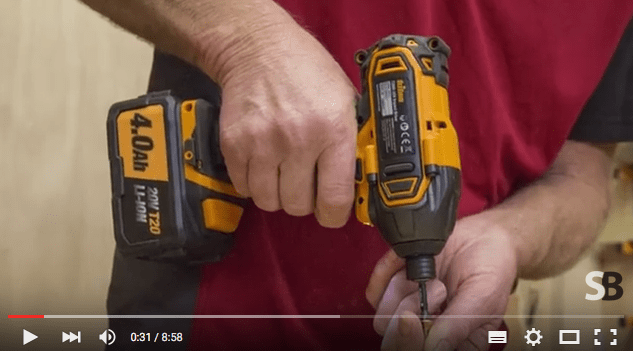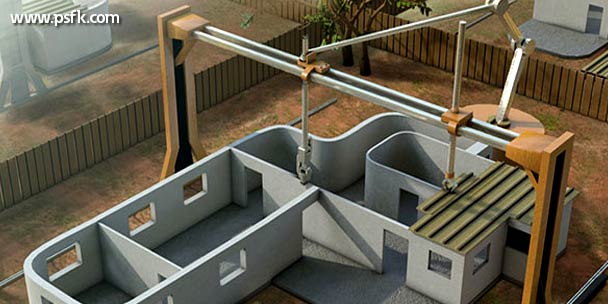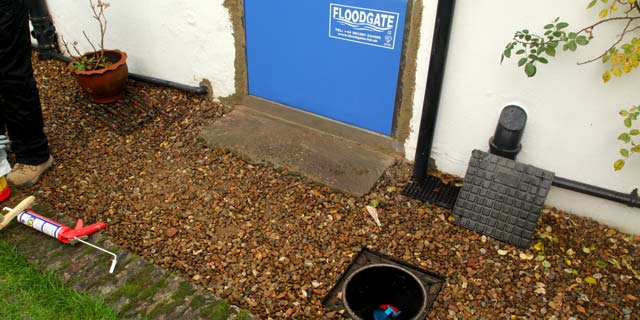In this ten minute video, Roger shows us how to solder copper pipework and achieve leak-free plumbing that will last.
“The first thing is cleaning the pipe. If you got a bit of tarnished pipe like some of this which I have just taken out of the shed, it really is no good, even with self-cleaning fluxes. That won’t polish up to be a perfect job. So, we get something like a little bit of emery, a little bit of abrasive. You can even use those Scotch Brite pads from the kitchen, anything like that, and just take the rubbish off the pipe, and make sure that it’s nice and shiny. The same goes for the inside of the fittings. You can see this is an old fitting here. It’s been lying around a while. Self-cleaning flux won’t clean that up. What you need to do is you need to get something like a wire brush or something like a bit of emery, and get it inside of that fitting and just polish up.
It really is important that you make it clean. Now, at some point, you’re going to want to cut some pipe. Now you can do this with a junior hacksaw, but it doesn’t give you a very square edge. The best way to cut copper is with a pipe slicer. This one is sold by Monument Tools. It’s very easy to put on the pipe and just spin it around and cut it, and what it gives you is a nice, clean, square-edge pipe. Now, you can get these in different sizes. This one is 15 millimetres or the old half-inch if you like, and you can also get them in larger sizes or you can get one pipe slice, or one pipe cutter rather which will do all sizes, but you have to fiddle about and adjust it. These are my favourites. Now, before I go any further, I’ve spoken about cutting pipe with pipe slices and the like, but what they do is they slightly bevel over the end of the pipe. Now, in a purer school of plumbing, what people say is you’ve got to get rid of that slight burr on the inside of the pipe because it creates turbulence, resistance, and they’d reckon it can cause leaks.
How to Solder
Personally, I have never seen any plumber remove the burrs, most of them just slice it and put it in, but if you want to remove the burrs, they are plenty of things around to do it with. What I use is a bolt, just a simple six-inch bolt, and I just put it around the inside and just take away that slight burr there that’s on the inside, but as I say, really speaking when that goes in, it forms to my mind a smooth a transition between the pipe and the joint as you can get. All right, so that’s the pipe cleaned up. That’s the pipe cup ready to go. The next thing we need is flux. A fluxing is very important. This is a self-cleaning flux. There are lots on the market. This is a non-acidic water-soluble one by Layco which is pretty good, but everybody finds a flux that they prefer. A lot of people use EverFlux. It’s a little bit acidic, and it stings if you get it on your fingers, so be careful. You can wear gloves. That makes it a lot easier. It’s important not to put too much flux on. All you want is enough to cover the pipe and stop the oxidization.
Right, so the next thing we need is how to solder. This is lead-free solder. That’s the way to go nowadays. That’s what everybody is using, and it’s fairly expensive stuff, so we have to use it sparingly. Now people wonder how much solder you need to do a joint. The amount of solder you need is equivalent to the diameter of the pipe. So this is a 22 millimetre or ¾ inch pipe if you’re in America, and then you just bend the solder around so that you’ve got ¾ of an inch or 22 millimetres of solder, and then you do another one, and then you do another one. So you get yourself a nice little zigzag of solder. If you’ve got a smaller diameter pipe, then you make smaller bends, but if you carry on like that, then every time you get to the end of the bend, you know you’ve used the right amount of solder. Now, there’s no point feeding solder into a joint if it’s not running, and it doesn’t like it’s feeding up into there. Don’t just keep stuffing solder in because you’re just wasting your time. If it’s not running right, there’s a reason it’s not running right, and we have to find out what that is. Go back to the basics.
Now we get to the exciting part where we introduce the heat, and for that you need a blowlamp. This one is from Vulcan, and it self-ignites. It’s got a peso spark in there, and the reason I like this one is that a lot of blowlamps, the peso spark goes fairly quickly in them, and then it’s a nuisance to use them. With this one, when the peso sparks go, you just insert a tiny cassette into there, and that’s a brand-new peso spark ready to go. You could also change the nozzles on it. It’s just the nice, easy, automatic sequence to use, but any blowlamp will do. If you get a butane one, they are not so good in very cold weather. So if you’re trying to repair frozen pipes and things like that, the butane ones don’t work as well as the propane ones. So this is the kind of thing the professionals use all the time.
Okay, now we’re ready to apply the heat at long last. If you’re working in situ, if you’re working existing plumbing, you must make sure all the water has got out of that pipe because if there’s a little trickle of water still running through the pipe, it won’t allow the pipe to solder, so you must make sure. I turned the blowlamp down because it’s a bit fierce. I don’t need it that fierce. What I was going to do is just heat the joint. This isn’t going to happen instantly because you just need to get a bit on the whole pipe working the joint. Just make sure it starts to warm up. There’s no point in introducing the solder until you’re ready because if you do, all you are doing is dipping the solder into the top of the flame and melting it, and wasting the solder. So all you do is heat the pipe, try a little experimental dab on there, it’s not ready yet, when it’s ready you’ll know. Now it’s ready. That’s it. Up to that zigzag, that joint’s done. Let’s go over, let’s do the next one which is here which is a smaller one, 15 mil, that’s done. Now the bottom one, it’s going to suck up the capillary action right into the bottom, and that’s done. Okay? You don’t need any more than that. That’s sucked that solder straight up into that joint there and it’s made a perfect seal on it. If you put more in, all it’ll do is run down the pipe.
Now it’s a good idea, that might be slightly hot, yeah, that is, but it’s a good idea jus to wipe around the joint with a dry rag. Some people use a wet rage. It makes the joint go off, but I have heard that can crack the solder, so a little dry rage, do that. Once the joint’s cooled down a bit, get a damp rag and just wash off any excess flux that is on the pipe, but as you can see because I didn’t use a huge amount of flux, it’s not running down the pipe. You can see all three of those joints, if you have a look at them, they are all perfect. They are all sealed all the way around. That joint won’t leak. That’s soldering in a nutshell, and here are my top tips for getting it right every time so you don’t get leaks. Make sure the pipe is clean. Use self-cleaning flux, but use it sparingly, and when you use it don’t introduce any contamination into the joint.
Keep that lid on so you don’t get any grit or anything like that. Make sure there were no hairs dropping off the end of the flux brush when you apply the flux. When you’ve done that, prepare your solder so you use the right amount by bending it. Apply your heat not too fierce, take a little bit of the time, make sure the pipe’s warmed up, and then introduce the solder. Don’t do that too soon. Let the solder run, check your joint visually. Don’t disturb the joint while it’s cooling, and you can give it just nice, little wipe around. Before I lose you good people, I just want to give a little bit of publicity to a friend of mine who has invented something which I think is rather brilliant.
He’s a carpenter, but then nobody is perfect, but he was fed up with plumbers the backs of his kitchen units, so he came up with this idea. It’s a heat-proof mat, that existed already, but what he’s done is put a little hole in it. It’s the mat with a hole in, and what it does it just pops around the pipe like that. You put that back against the unit, and then if he’s soldering a joint onto there, there’s no risk of burning the surrounding area. It’s a great idea. It’s called the O-Mat. It comes from Monument which is in the UK, but you can order that on the web or anywhere you like, and it’s a great general-purpose, heat-proof mat.





















